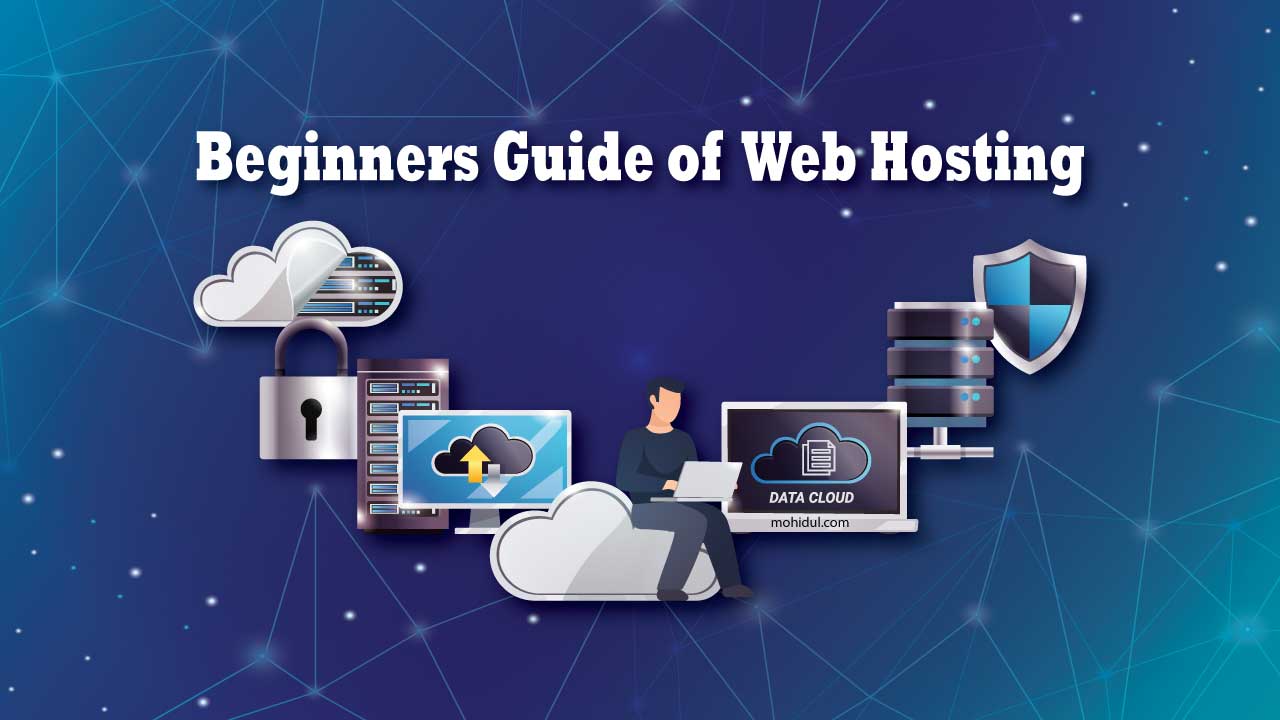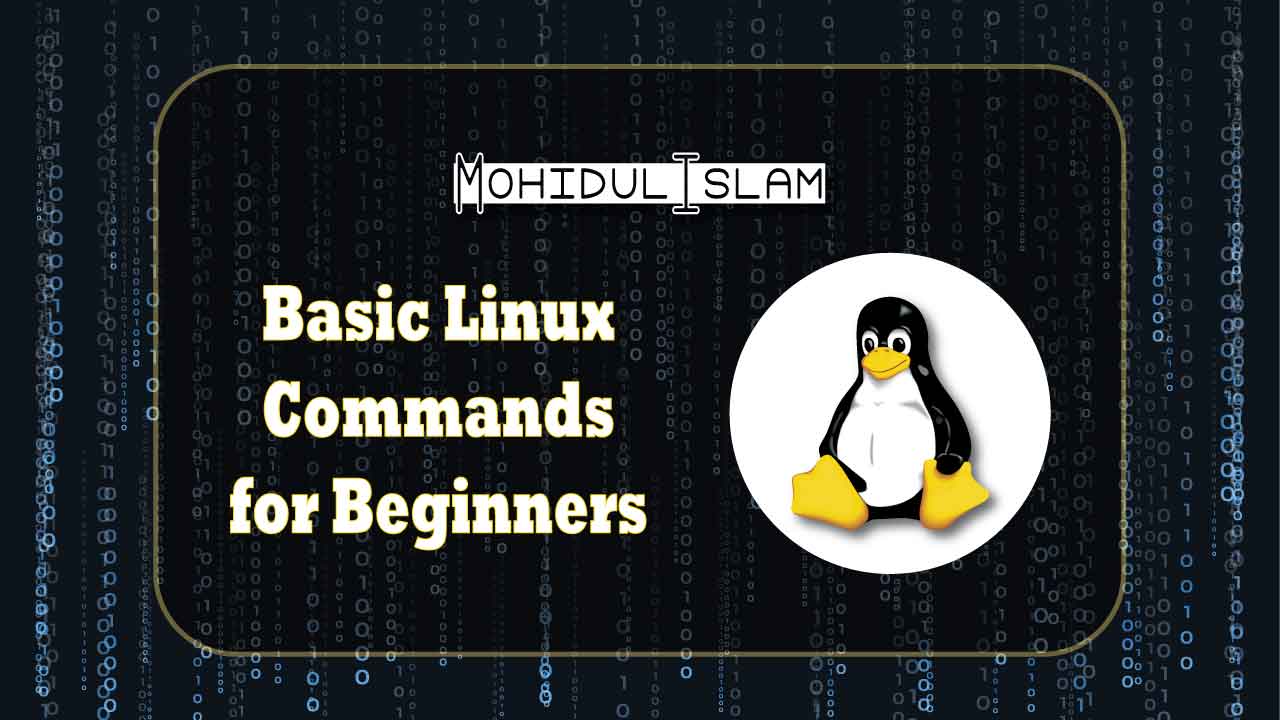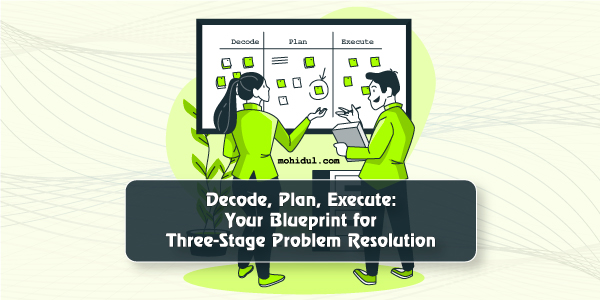Difficulties are a part of the complex fabric of existence. Whether they arise in our personal or professional spheres, navigating and conquering them is a skill worth mastering. In this article, we unveil a powerful blueprint for problem resolution—a three-stage process that involves decoding the issue, planning a strategic approach, and executing a well-crafted solution. Join me on this journey as we explore the art of systematic problem-solving and equip ourselves with the tools to face adversity head-on.
Decoding the Puzzle: Understanding the Problem
The Importance of Decoding
Imagine solving a jigsaw puzzle without understanding the picture on the box. It’s a daunting task, isn’t it? Decoding a problem is akin to examining the puzzle pieces, understanding their shapes, and envisioning the complete picture. This initial stage sets the tone for effective problem resolution.
Step 1: Define the Problem
The journey begins with a clear definition of the problem. Avoid vague descriptions and pinpoint the issue at hand. Ask yourself what needs solving and why it’s significant. Clarity in defining the problem lays the foundation for the subsequent stages.
Step 2: Analyze the Root Causes
Every problem has roots. Delve deeper to identify the underlying causes. Consider both evident and subtle factors contributing to the issue. Understanding the root causes provides insight into the dynamics of the problem and guides your subsequent problem-solving strategy.
Step 3: Gather Information
Knowledge is power. Collect relevant data and information about the problem. Consult reliable sources, seek input from those involved, and analyze the available data. The more informed you are, the better equipped you’ll be to make informed decisions.
Planning for Success: Crafting Your Strategy
The Role of Planning
Once the problem is decoded, it’s time to craft a strategy. Planning is the roadmap that guides you from the identified problem to the desired solution. It’s about orchestrating the resources at your disposal to overcome challenges effectively.
Step 4: Brainstorm Solutions
Engage your creative faculties to generate potential solutions. Don’t shy away from unconventional ideas during the brainstorming phase. Encourage collaboration and consider seeking input from diverse perspectives to foster innovation.
Step 5: Evaluate and Prioritize
Not all solutions are created equal. Evaluate each potential solution based on feasibility, impact, and alignment with your goals. Prioritize the options, considering short-term and long-term implications. A well-thought-out evaluation ensures that your chosen solution is effective and sustainable.
Step 6: Develop an Actionable Plan
With the optimal solution in hand, it’s time to develop a detailed action plan. Divide the implementation into more manageable, smaller jobs. Assign responsibilities, set deadlines, and establish clear milestones. A robust plan transforms your solution from an idea into a tangible reality.
Execution Excellence: Bringing Your Plan to Life
The Art of Execution
A well-devised plan is only as good as its execution. This stage is where theory meets reality, where strategies are put to the test. Successful execution requires commitment, adaptability, and a focus on turning plans into actionable results.
Step 7: Implement the Plan
Initiate the execution phase with precision. Ensure that each task is aligned with the overarching plan. Address challenges promptly and remain adaptable in the face of unexpected obstacles. The key is to stay committed to the vision outlined in your plan.
Step 8: Monitor Progress
Constant vigilance is crucial during execution. Regularly monitor progress against the established milestones. Evaluate whether the actual results align with the anticipated outcomes. This ongoing assessment lets you make real-time adjustments, ensuring the project stays on course.
Step 9: Learn and Iterate
Every plan is flawed, and learning from experience is integral to improvement. Embrace the lessons gained during execution, and use them to iterate and enhance your problem-solving approach. This continuous learning cycle positions you for more tremendous success in future challenges.
Realizing Success: A Three-Stage Triumph
Celebrate Achievements
As your well-executed plan yields positive outcomes, take a moment to celebrate the achievements. Acknowledge the efforts of everyone involved and recognize the collective success. Celebrating milestones boosts morale and sets the stage for a positive problem-solving culture.
Reflect on the Journey
With the problem resolved, take the time to reflect on the entire journey. Consider the lessons learned, the challenges overcome, and the most effective strategies. This reflective process enhances your problem-solving skills, bettering you for future endeavors.
Conclusion: Empowered Problem Solvers
In conclusion, decoding, planning, and executing represent the trifecta of effective problem resolution. This three-stage blueprint empowers individuals to tackle challenges with clarity, strategy, and action. As you embark on your problem-solving journey, remember that each stage is integral to the overall process. Decoding unveils the intricacies of the problem, planning charts the course, and execution brings solutions to life. Together, they form a robust framework for triumphing over adversity and realizing success. Accept this plan, apply it to your problems, and watch as roadblocks turn into opportunities for growth and progress toward your goals.









Leave a Reply